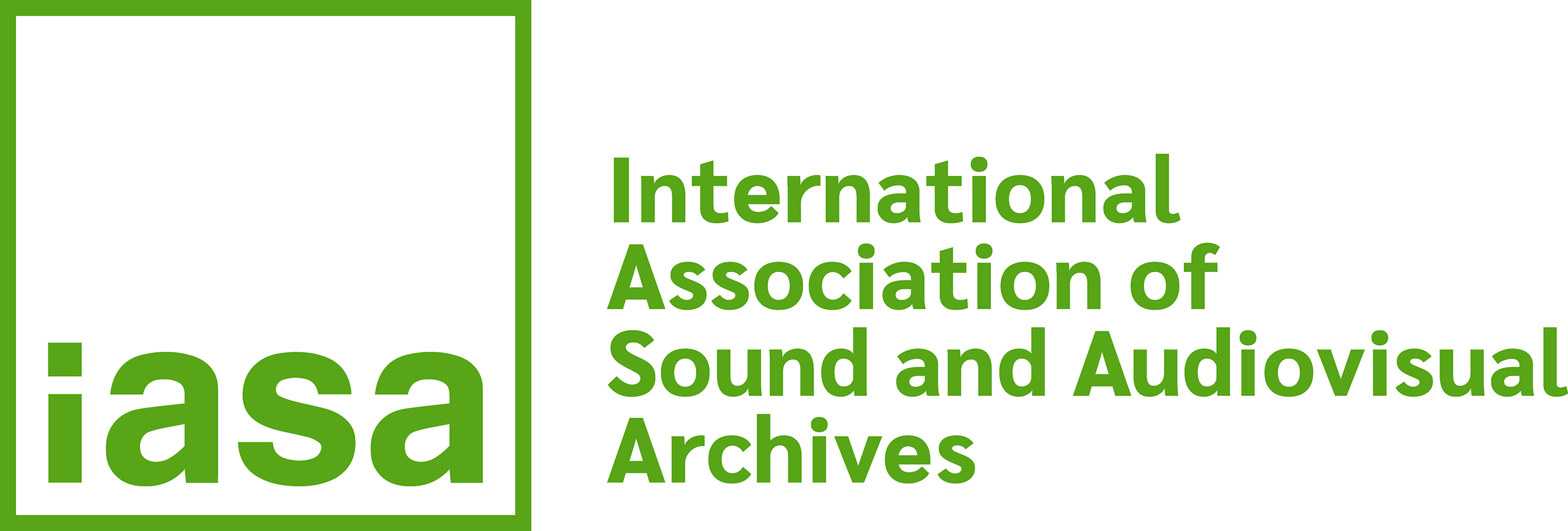5. Factors affecting national patterns
In reviewing the models considered in the preceding pages it will be seen that, despite the existence of several variants, the broad choice to be considered for the national organisation of sound archives lies between the establishment of a single centre or of several. In choosing between the unification or the multiplication of sound archives there are three other major factors that have to be assessed before the balance of advantage can be finally judged.
The first consideration, already touched on, applies mainly to countries in which specialised archives already exist. Once a collection of sound recordings is part of a specialised institute the creation of a single national collection is likely to become much more difficult to achieve. There will be a natural reluctance among such institutes to give up their sound archives despite any practical arguments in favour of a central or national solution. The effectiveness of such a solution then also has to be weighed against the value and efficiency of the service which existing archives are already providing. The inevitably disruptive effects of ending their independence obviously has to be more than balanced by the benefits that can be achieved through their amalgamation.
Secondly, an important part of the sound archival resources of most countries is represented by the output of their radio and television organisations. The national pattern chosen for sound archives may be significantly influenced by how these resources can best be organised in any particular state. Although broadcasting organisations commonly maintain their own archival collections, these are seldom open for educational and research purposes. Thus separate arrangements will generally be needed to provide public access to such material. Given the complications of copyright and contractual obligations, broadcasting organisations are often reluctant to provide copies of their recordings for use outside their own premises. They will certainly be even more hesitant if they have to deal with several institutes, each putting forward its own demands, than if they only have to collaborate with one. From this point of view a national sound archive can usefully function as the sole agent for broadcasting collections of sound recordings, providing a suitable access point for non-broadcasters while also centrally controlling and safeguarding the rights of the broadcasting agency and its contributors. A further advantage of such centralisation is that it ensures public availability of all broadcast recordings, including those which may happen to fall outside the orbit of existing specialised archives.
Thirdly, a similar case for a national sound archive can be made in respect of commercial discs and tapes published by recording companies. The reluctance of the recording industry to sustain a proliferation of centres holding copies of archival material in which commercial companies own rights is indeed now confirmed by its official policy. Thus its agent, the International Federation of Producers of Phonograms and Videograms (IFPI), has begun to promote the establishment of national archives in its member countries to serve as the only intermediary archives between the recording industry and the general public.
Such a centralised arrangement for broadcast and commercial recordings may not, however, always be the best one for researchers. Most national archives are - as mentioned before - in fact specialised in certain restricted areas of research. In acting as central intermediaries between broadcasting organisations or recording companies and researchers, however, they would also have to deal with many other fields of interest in which their staff may have no specialist knowledge. The BBC, for example, has understood this problem very well. Thus, copies from the large and valuable collection of recordings made during the Second World War have been made available to the Imperial War Museum, specialised as it is in that field, and not to the British Institute of Recorded Sound, which serves as a national sound archive but does in fact concentrate primarily on the field of music. As a matter of course any general archive might be expected to handle the BBC Second World War collections at a lower level of description and research than the specialised staff of the Imperial War Museum.
To conclude, the problems of and the models for the national organisation of sound archives are manifold and it would be unwise to pretend that there is but one solution for every country developing activities in this field. However, the establishment of a national sound archive is in many cases the best safety net for the recordings which every country is producing in ever greater amounts. This will ensure that all kinds of recordings will find their way into a professional preservation and description centre, where at least they may be saved for the future. Eventually specialised archives may also come into being, but even then a national archive may continue to fulfil this central function while also preserving those recordings which would not be collected elsewhere.


